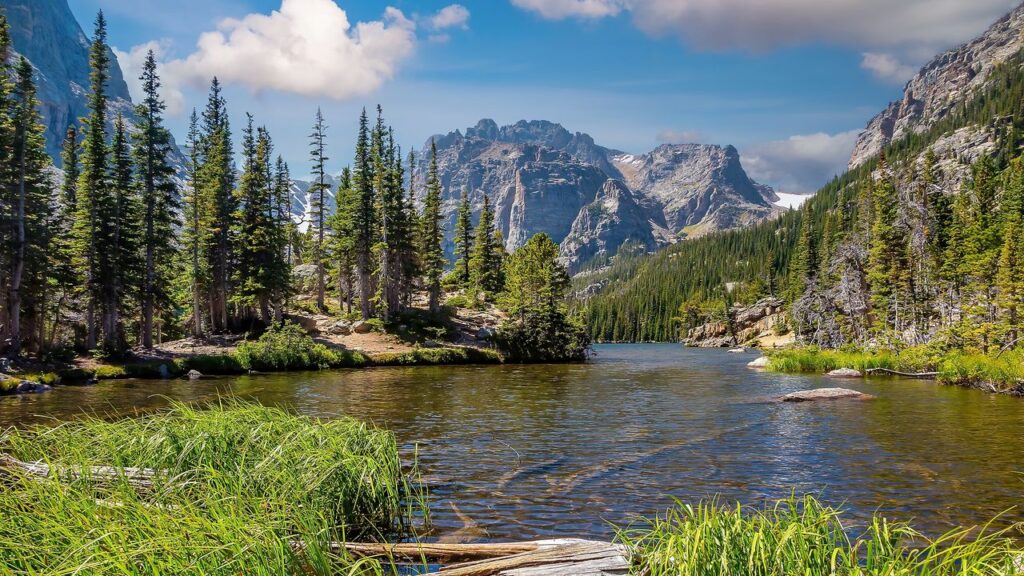These effects might be even more glaring when thousands of seasonal park workers leave the NPS in September and October. “Weather and avalanche forecasting are a big concern for winter, and we should expect far less grooming of snow parks and winter recreation areas,” says Tania Lown-Hecht, Vice President of Communications & Strategy at Outdoor Alliance, a conservation nonprofit dedicated to human-powered pursuits, like paddling and mountain biking. “There is also concern about wildfires, particularly in the late summer and early fall, given that a lot of staff that remove invasive species and help minimize wildfire risk have been laid off,” she says.
How can travelers prepare for a national park visit in 2025?
With all this in mind, we asked parks experts how visitors can prepare to responsibly—and safely—visit this season.
Always start at the visitor’s center, and think safety first
Knowing your limits is going to be a key element of staying safe in the national parks this year, says Steele, especially with short-staffed rescue teams and visitor centers. “We talk a lot about preventive search and rescue in the national parks. If you can prevent a search and rescue, you’ve saved somebody from serious injury or maybe saved their life.”
Traditionally, visitor centers are the first line of defense when it comes to alerting visitors about park alerts and safety messages. Steele worries that if there are long vehicle lines to enter a popular park or short-staffed information desks, travelers might skip these important hubs.
Pack it in and pack it out
One sentiment that’s been echoed in ongoing news coverage of the NPS staffing cuts is the likelihood that national park restrooms will be cleaned and stocked less frequently than in past years. As such, visitors are being encouraged to pack extra hand sanitizer and toilet paper with them when they enter a park.
“I was at Canyon de Chelly National Monument a couple of months ago,” says Steele. “And there was literally a sign in the restroom that said, ‘We are only cleaning restrooms every other day due to staff shortages.'”
“Once all the bathrooms and all [of] the campgrounds are open, it’s nonstop running back and forth,” says Olek Chmura, a fired custodian from Yosemite. “Without me there or other custodians to fill that void, it’s gonna be pretty disgusting.” Reports have already started circulating that scientists are being diverted to restroom clean up duty at some of the country’s most popular parks, like Yosemite.
My hot take? It’s always a good idea to bring extra TP and sanitizer on a national park visit. Popular areas (like Yosemite Valley) are often understocked, especially on weekends, and this year, smaller parks might lack important resources.
Learn the history of a park—and don’t snitch
Alarmingly, parks have also been forced to hang guest feedback signs in restrooms and other visitor-facing areas that encourage travelers to report “any signs or other information that are negative about either past or living Americans or that fail to emphasize the beauty, grandeur, and abundance of landscapes and other natural features.” The National Parks Conservation Association issued a statement detailing their worry that such signs will encourage visitors to “contradict crucial scientific and historical facts.”
https://www.cntraveler.com/story/visiting-a-national-park-this-summer


